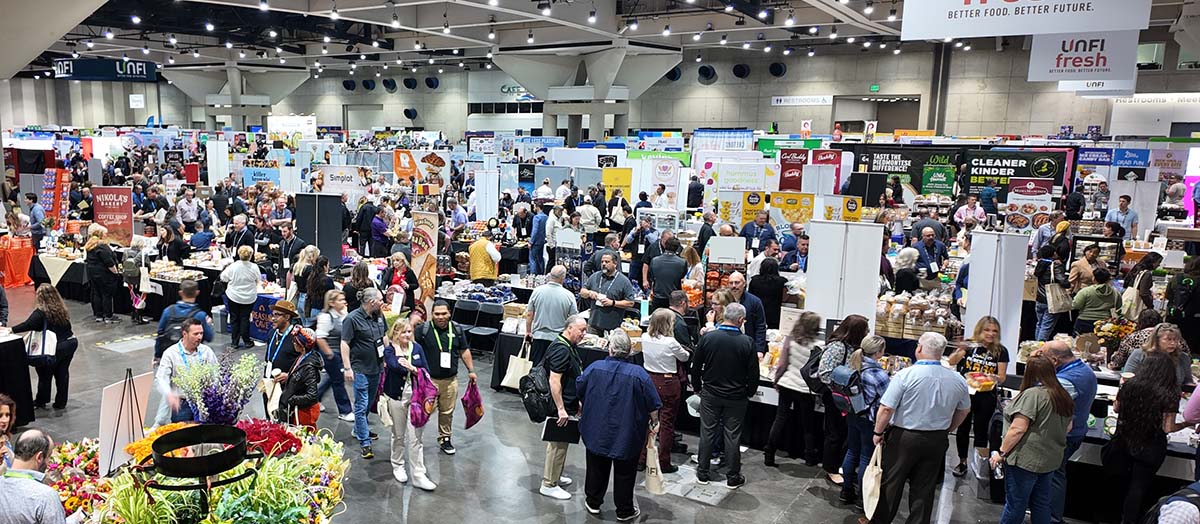United Natural Foods Shares Top Trends to Help Retailers and Suppliers Grow in 2025
January 23, 2025 5 minute read

UNFI experts underscored five top trends and emerging growth opportunities that grocery retailers and suppliers should leverage in 2025 to help fuel success.
The top five trends highlighted throughout the show include:
1. Retail media is projected to grow over 24% annually between 2024 and 2028.
As grocery sales continue to migrate online, the opportunity to engage shoppers digitally is increasingly important for retailers of all sizes. This shift to digital interactions is bringing about a new era of consumer engagement, with digitally engaged consumers spending 20% to 40% more money than other consumers.
What it means: As consumers embrace a digital-first world, retailers and suppliers must work together to meet their shoppers where they are, using tools like retail media networks to drive growth.
2. Private brands are estimated to grow ~40% over the next 6 years.
Private brands continue to gain traction among shoppers due to their competitive pricing, improved quality, and increased innovation. It is estimated that private label sales will still grow by nearly 6% annually between 2024 and 2030, reaching a total estimated dollar volume of approximately $462 billion 2030. This growth rate is nearly 50% higher than the pre-pandemic growth rate of around 4%.
What it means: To capitalize on this trend, retailers should consider a clear private brand strategy that communicates the value – and differentiators – of their private brand products to their shoppers.
3. Fresh product growth is outpacing the rest of the store.
Even as prices of fresh products remain nearly flat, unit growth of fresh products has grown significantly year-over-year and has accelerated in the most recent 13-week period, ending December 31, 2024. It is expected this trend will persist as consumers continue to embrace healthier-for-you products.
What it means: Retailers need to continue to balance shrink and sales as they merchandise their fresh departments in order to entice shoppers.
4. Natural/organic and functional food/beverages are expected to grow ~4% annually.
Consumption trends continue to favor better-for-you offerings, with strong performance in natural, organic, higher-protein foods, and lower-calorie or zero-sugar beverages. As consumers continue to move toward these products, the Natural, Organic, and Functional Food and Beverage industry is projected to grow approximately 4% annually for the next four years, adding nearly $15B of sales in 2025 and reaching $232B by year’s end.
What it means: Retailers can capture these incremental sales by working with their distributors and brand suppliers to ensure they are carrying the right assortment of natural, organic, and functional food and beverage products their shoppers want to purchase.
5. Differentiation remains a key to success for grocery retailers of all sizes.
While total industry sales remain stable, retailers that are creating a unique value proposition are performing better overall. Retailers and brands that offer a differentiated shopping experience will continue to thrive.
What it means: Retailers can work together with their distributor partners and brand suppliers to build strategies that will help them stand apart from the competition and attract more shoppers.
